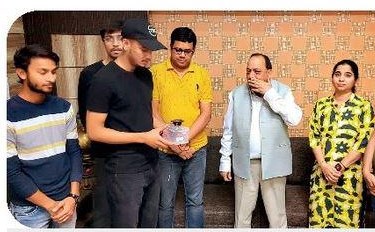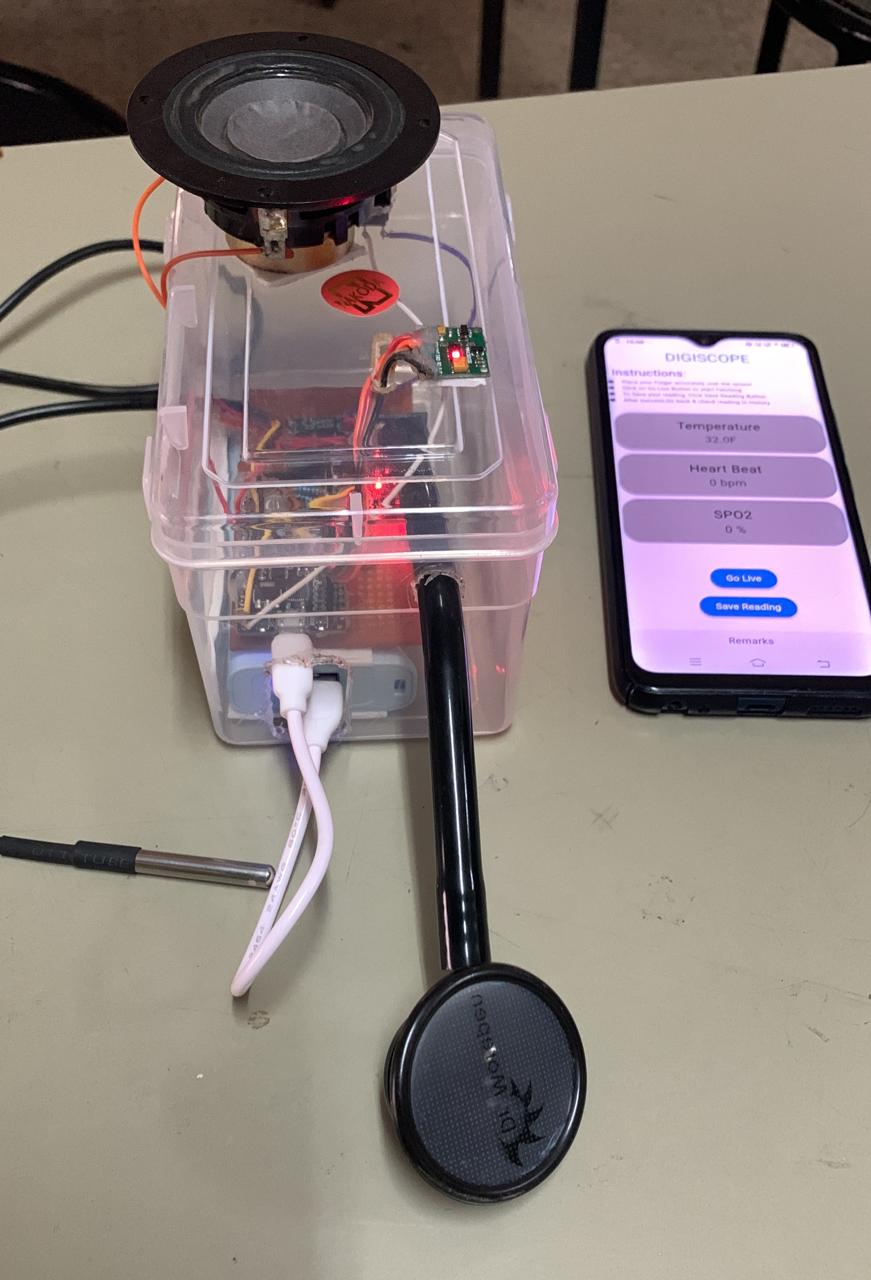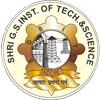Research Projects
| S.NO. | TITTLE | RESEARCH FACULTY | SCHEME | SUBMISSION DATE | RESEARCH STATUS | RESEARCH AGENCY | ESTIMATED COST |
| 1. | STUDY AND ANALYSIS OF VULNERABILITIES IN IOT DEVICES FOR SMART HOME ENVIRONMENT |
Dr. SUNITA VARMA | CORE RESESRCH GRANT | 04/05/2022 | UNDER REVIEW | SERB,INDIA | 24 LACS |
| 2. | DESIGN A NOVEL APPROACH GP-DTI BASED ON GENERATIVE ADVERSARIAL NETWORK AND PRINCIPAL COMPONENET ANALYSIS FOR PREDICTION OF DRUG |
Dr. LALIT PUROHIT | CORE RESESRCH GRANT | 04/05/2022 | ACCEPTED FOR EVALUATION | SERB,INDIA | 35,17,440 LACS |
| 3.
|
SMART AUTONOMOUS WEED DETECTOR AND REMOVER |
MR. UPENDRA SINGH |
TIH-AI4ICPS a unit of IIT KHARAGPUR AI4ICPS I HUB FOUNDATION |
12/10/2023 |
ACCEPTED |
Security of Wireless Networks
Security of Wireless Networks is a challenging task. This research project aims to enhance security of wireless networks which are either in the form of Wireless Local Area Networks or Mobile Ad Hoc Networks.
Research Faculties: Prof. Mukul Shukla, Prof. Manjeet Soni
Research Status: Approved
Research Cost: 10 lakh 0 Thousand
Research Agency: SGSITS
Security of Cloud Computing
Cloud computing has emerged as a new paradigm of distributed computing. This research project deals with the security of the cloud computing.
Research Faculties: Prof. Lalit Purohit, Prof. Mukul Shukla
Research Status: Approved
Research Cost: 18 lakh 80 Thousand
Research Agency: AICTE (MODROB scheme)
Software Engineering
Current trends in Software Engineering
Research Faculties: Prof. Mukul Shukla
Research Status: Approved
Research Cost: 10 lakh 0 Thousand
Research Agency: SGSITS
INTER DISCIPLINARY PROJECTS
Sound levels with acoustic stethoscopes are rather low. The digital stethoscope addresses this concern by electronically enhancing bodily noises. The electronic transmission of sound signals enables wireless connectivity and facilitates noise reduction. The conversion of an acoustic stethoscope into a digital stethoscope may be achieved by adapting its head to accommodate an electric capacity microphone. The microphone receives heart sounds, which are then processed, sampled, and transformed from analog to digital signals. These data are then wirelessly sent via Internet of Things (IoT) protocols. This allows various clinicians to do examinations and monitor the patient's circumstances. This apparatus facilitates the assessment of the body's temperature, SPO2 level, heartbeat, and heart rate chart. Using a digital stethoscope, medical professionals could document their observations on an application. Once the data has been stored, all records can be viewed by healthcare professionals in a single PDF file, which can then be utilized. We can detect and graph the heartbeat. Hardware circuitry for the proposed device includes an ESP32 microcontroller, an LM393 sound detector sensor, a Max 30100 pulse sensor, a DS18B20 temperature sensor, and a battery module. This approach would enhance efficiency and speed by utilizing both visual and auditory representations to diagnose cardiologic sounds.
It’s currently cost around 2k and with large scale manufacturing it can reduce to 1500 rs
Development team IT department and BM department faculty incharge Puja Gupta from information technology department and Vinay manurkar from bio medical department
Students names are Narayan Chouhan
Sandeep Sharma
Naman Jain
Naman Sahu
Khyati Shastri
IT department head Dr Lalit Purohit
BM head Dr p p Bansod
 |
 |


